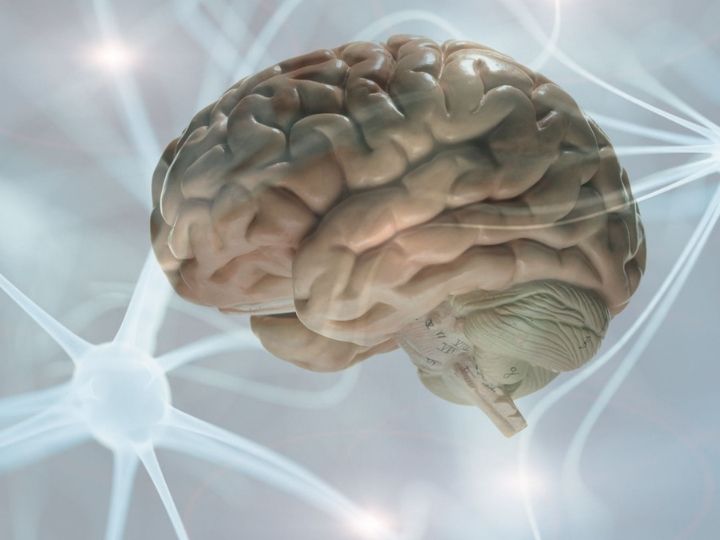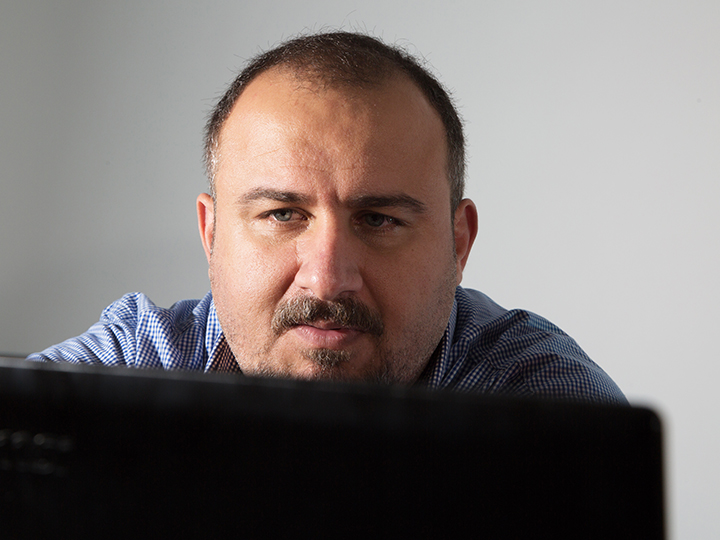

University of Houston associate professor of biomedical engineering Nuri Ince, who pioneered a dramatic decrease in the time it takes to detect the seizure onset zone (SOZ) in the brain, has been awarded $2.3 million by the National Institutes of Health to expand his testing in a large number of adult and pediatric epilepsy cases.
Current treatment protocols for detecting the actual part of the brain that causes seizures, the SOZ, require prolonged monitoring of intracranial EEGs (iEEG) for days or weeks following surgical insertion of electrodes. The prolonged monitoring adds to the risk of complications that can include intracranial bleeding and potentially death. Using his newly-created machine learning algorithms, Ince observed that high frequency oscillations (HFO) in the seizure onset zone form repetitive waveform patterns that identify their location.
Using these stereotyped HFOs, Ince knows he can find the zone in an hour. He thinks he can do it in about 10-to-20 minutes.
“We believe that accurate detection of high frequency oscillations in brief iEEG recordings can identify the SOZ, eliminating the necessity of prolonged monitoring and reducing the associated risks,” said Ince. “A patient could be operated on at the same time he is having the electrodes attached to his brain, eliminating the patient being sent to an epilepsy monitoring unit for days or weeks to be observed. This would mark a totally new treatment and dramatically reduce risks and burdens to families.”
Each year 150,000 people are diagnosed with epilepsy and 30% of them will suffer from a drug resistant form of the disease. When medication fails, the next course of treatment is surgical resection, or removal, of the SOZ.
But first it must be located
Location of the seizure onset zone varies in each patient. The procedure to locate it begins with surgical insertion of electrodes. Then the patient is bedridden until seizures occur and can be observed. Ince’s method not only saves weeks of hospitalization, but reduces side effects and costs associated with what has traditionally been an arduous, and often painful, procedure.
He said speed is especially important for the treatment of infants and children who are asked to endure brain surgery to implant electrodes and then lay still in a hospital bed for an almost impossible amount of time with the current procedure.
“Nature is not fair. Infants and children often suffer the same problems as adults and if we can bring this new procedure to the operating room, it will be amazing,” said Ince.
Ince’s team plans to develop an online neural signal processing system for the rapid and accurate identification of SOZ with brief invasive recording.
He is joined on the work by Baylor College of Medicine neurologists Michael Quach and Jay Gavvala and neurosurgeons Dan Curry and Sameer Sheth; and University of Minnesota neurologists Zhiyi Sha and Tom Henry.